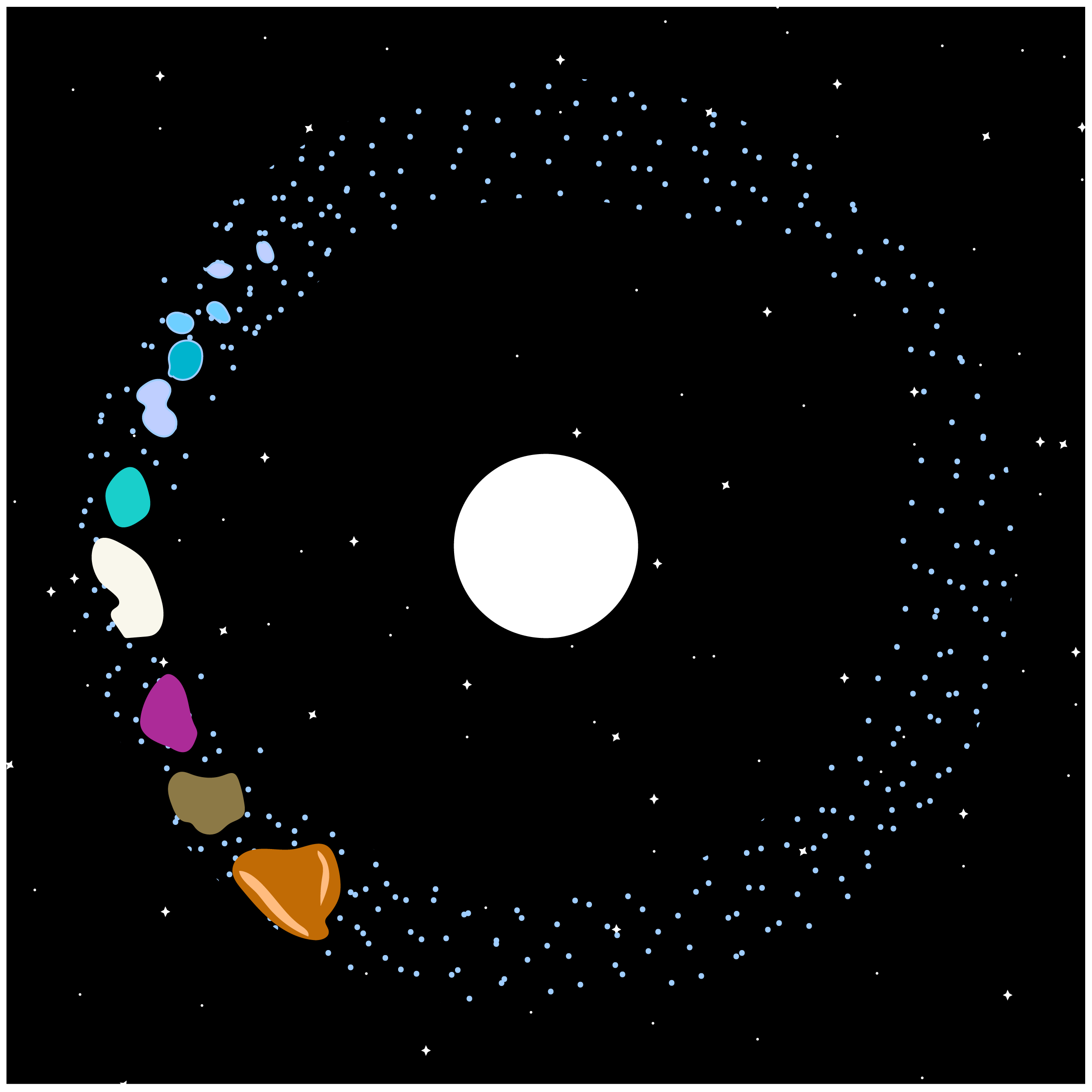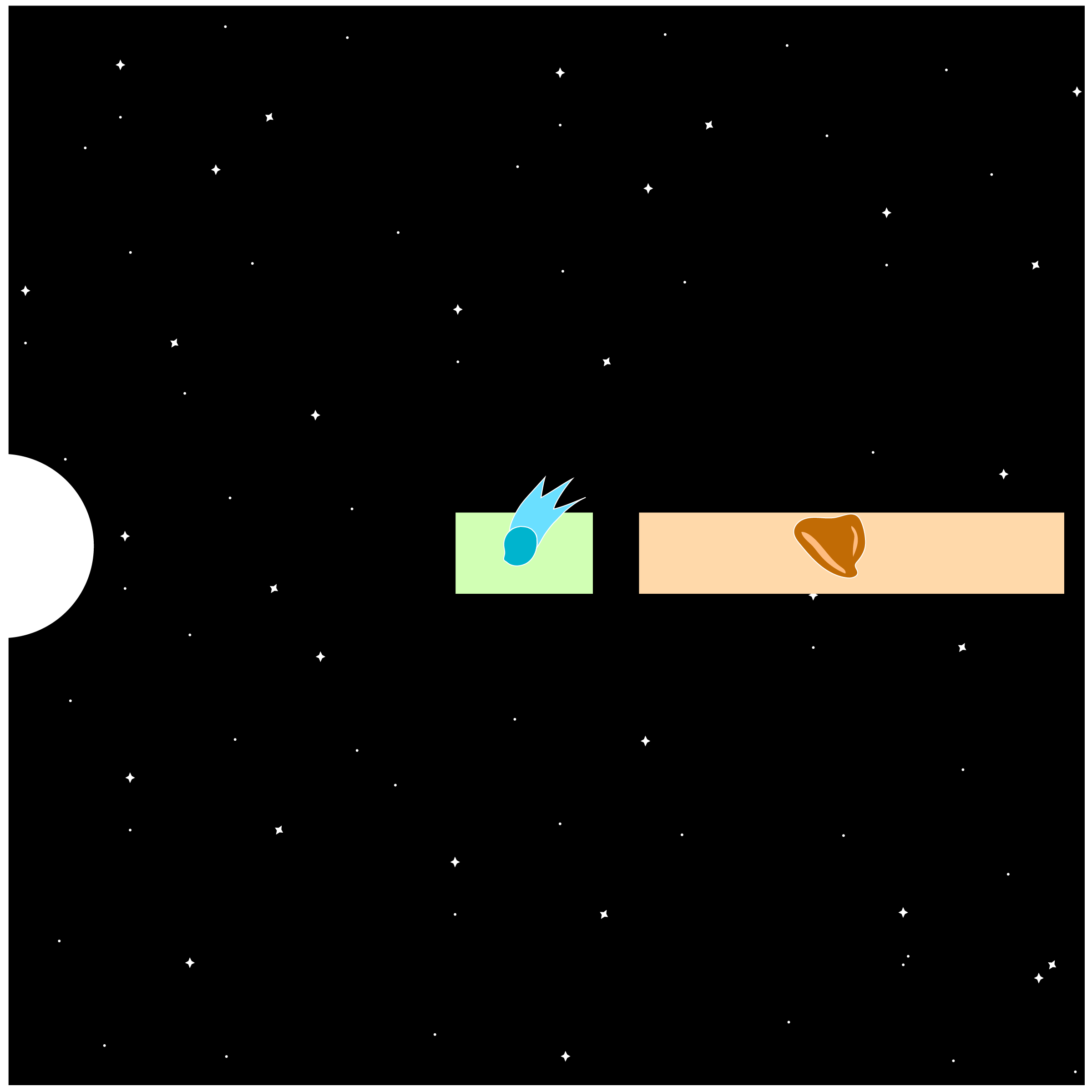I'm Amy Steele

About Me.
I am an astronomer at the Planetary Science Institute. I received my PhD from the University of Maryland at College Park, and have degrees from Williams College and Wesleyan University. I have worked in academia in various positions, most recently at Yerkes Observatory, and am interested in making the field a better place. In my research, I observe and model circumstellar material of stars of different ages. Debris disks around main sequence stars, dust formation from planet engulfment by giant stars, stellar mass loss by super giant stars, and the tidal disruption of exoplanetary material by white dwarfs, all inform our knowledge of the composition of the remnants of stellar formation and the future of the Solar System.
My Work

Debris disks around Sun-like stars
Debris disks around main sequence stars are generated through the collisions of planetesimals that are remnants of stellar evolution. Spatially resolved observations are crucial to characterize the structure of the dust disk and break degeneracies inherent in SED modeling. Using submillimeter wavelength observations I show that gas-poor debris disks around solar analogues generally exhibit properties consistent with scaled-up versions of the Solar System's Kuiper Belt.
Paper: Resolved mm-wavelength observations of debris disks
Poster: AAS2016

Polluted white dwarf stars
If a WD is in the process of ripping apart an exoplanetary body, light that interacts with the resulting gas would reveal the chemical composition of the disrupted body through an absorption and/or emission spectrum (WD spectra typically contain only H or He absorption lines that are gravitationally redshifted). Features from elements heavier than H or He (i.e., metals) in WD spectra are thought to originate from planetary system material. The existence of WDs with metals in their photospheres and evidence of circumstellar gas tied to the tidal disruption of a planetesimal, has provided a new method to determine the composition of extrasolar planetary bodies.
Poster: AAS2017

Modeling a polluted white dwarf
If an exo-asteroid or exo-planet were to get too close to a compact object like a white dwarf, the remnant of evolution for ~95% of stars, it could be ripped apart due to tidal forces. If the geometry is just right, we might see the distrupted pieces transit the white dwarf. This is the case for a number of systems, most notable WD 1145+017.
Paper: A Characterization of the Circumstellar Gas around WD 1124-293 using Cloudy
Poster: AAS2019

Using polluted white dwarfs
As cosmic mass spectrometers, white dwarfs--through their spectra--reveal the chemical makeup of the disrupted remnants of their planetary systems. That information can be used to inform the modeling of dust around other stars, even those like the sun. A disk model for these systems should include both gas and dust. Using the spread in mineral types observed around polluted white dwarfs as motivation, we how one can calculate and construct their own optical constant datasets for use in codes like Cloudy.
ArXiv Paper Link (Coming soon!)